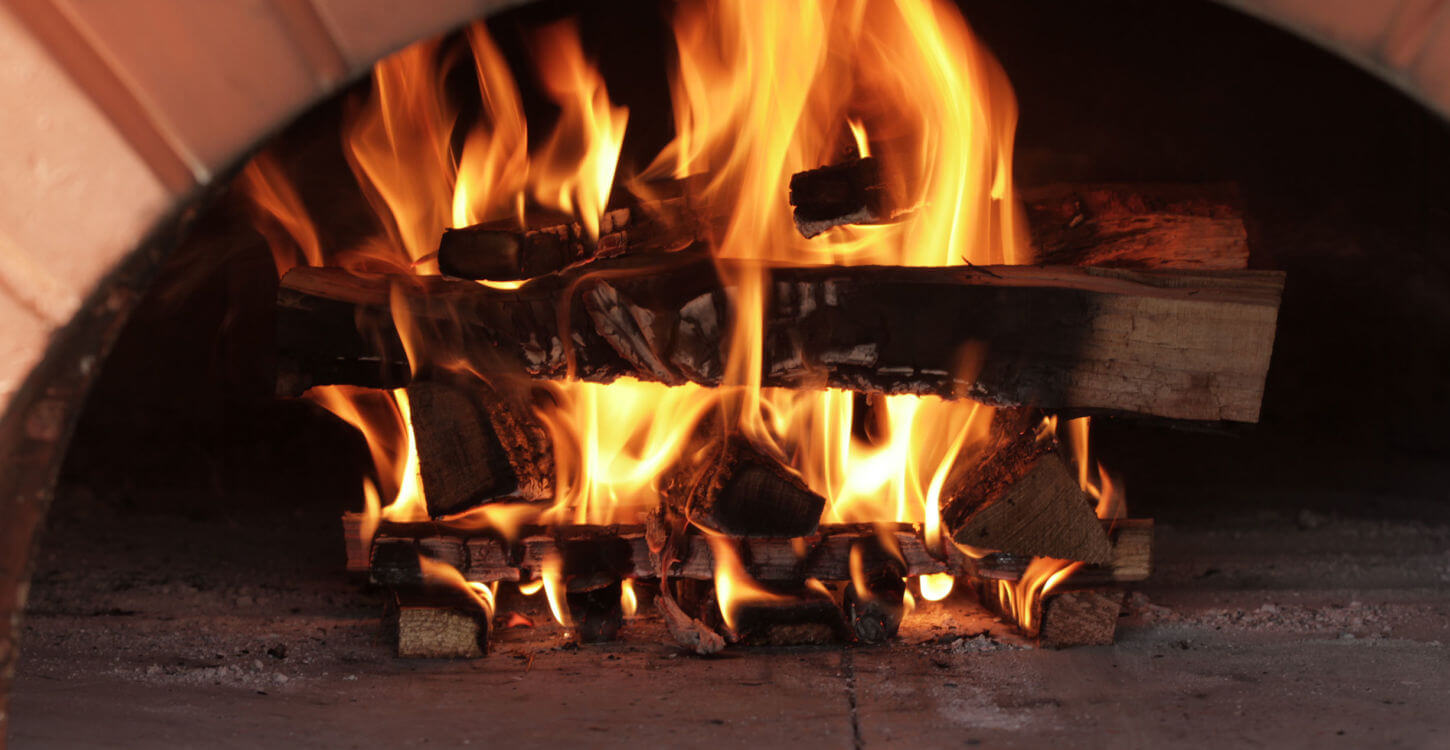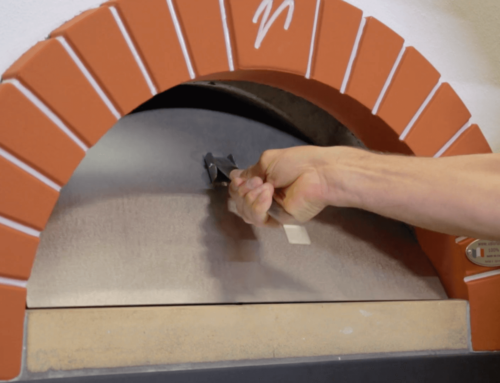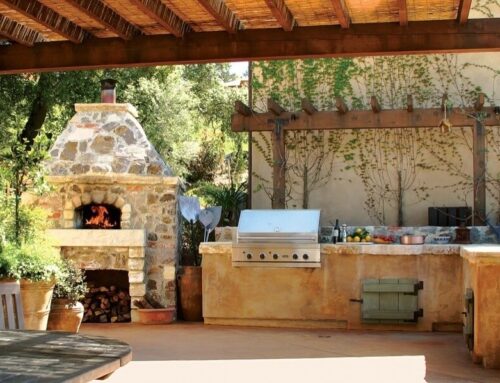Prevent Chimney Fires
The chimney that exits your oven is responsible for expelling the by-products of combustion (substances produced when wood is burned). As these substances travel up through the chimney (smoke, grease vapor, gases, unburned wood particles, hydrocarbon, etc.) to the relatively cooler portion of the chimney pipe, condensation occurs. The resulting residue that adheres to the inner wall of the chimney pipe is called creosote; and creosote is highly combustible. If it builds up in significant quantities, and the temperature within the pipe is high enough it will ignite and cause a chimney fire. It is your responsibility to prevent this through proper installation, usage, maintenance and especially cleaning of your exhaust system.
Remember to burn well-seasoned split firewood only in your oven. Unseasoned wet wood will cool the smoke within the chimney pipe and contribute to creosote buildup.
Residential Chimney Cleaning: Indoor and Outdoor Installations
Frequency of oven use will dictate the need for cleaning your oven’s chimney pipe. Consult with your local chimney sweeper to determine frequency of cleaning.
- Once a year for chimney pipe lengths of 12 feet or less
- Every six months for chimney pipe lengths greater than 12 feet
If you are using an Enervex Exhaust Fan it is important to check the soot buildup on the fan blades and clean this as well.
Commercial Chimney Cleaning
Frequency of use, menu items and the quality of the firewood used will dictate the frequency of cleaning.
- Monthly cleaning. Whether your oven is direct vented, placed under a hood system, or using an exhaust fan, the exhaust system should be cleaned and inspected monthly. Chimney pipes should be swept by a professional chimney sweeper and exhaust fans and hood systems should be cleaned of grease and residue buildup.
- During cleaning the exhaust system should be inspected for any corrosion or physical damage.
- The oven’s bake chamber should be cleaned of all ash on a daily basis. Ashes should be placed in a noncombustible container with a lid. If disposing ashes into a dumpster they should first be cooled by adding water.





